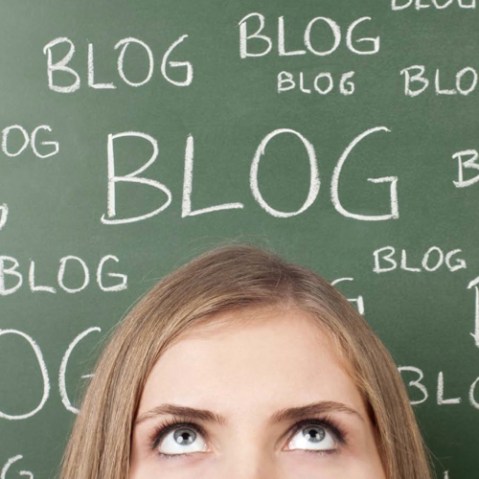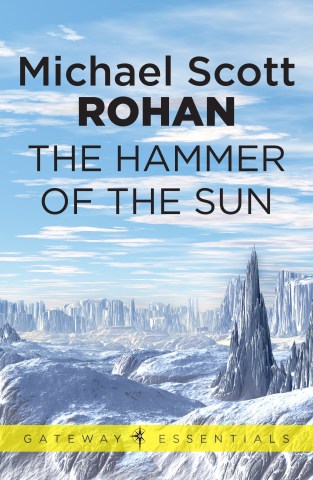How big do your photos need to be?

The seemingly inexorable rise of digital cameras’ megapixel counts might be fabulous for cramming more detail into our images, but the truth is that our photos don’t always need to be enormous. It might seem like a tragic waste of pixels, but when it comes to sharing on the web, you will be doing yourself and your readers a huge favour if you opt for smaller image sizes.

Bigger isn’t always better
Quite simply: the web doesn’t favour large image sizes, certainly not images as large as the ones our cameras are able to record. When it comes to using social media sites and blogging sites, you will never need to show an image wider than 1200 pixels, and in fact, uploading images larger than that can hurt your blog’s performance and page-loading speeds.
Choosing the right image size
Obviously if you’re printing your images, you’ll want to save them with the highest pixel density and in largest size that you can. For web use, that’s not necessary. If you’re using Photoshop save your images with a pixel density of 72 ppi, and check the image size and estimated upload time in the programme’s Save for Web dialogue.

Lightroom doesn’t have a spcific ‘Save for Web’ function, but it’s easy enough to adjust the pixel density and image size in the Export function.
If you’re uploading to a photo-hosting site such as Flickr, feel free to upload the largest size you have; the service will resize the image for you in several web-friendly options. For example, if you upload a 4000-pixel-wide image, Flickr will store the huge original size, as well as large (1024-pixel wide), medium (640- and 500-pixel wide), small (320- and 240-pixel wide), and thumbnail sizes. You can then use the URL or image file from one of the medium or large photos to continue blogging with the image.
Enlarging areas to show detail
There will be occasions when you want to show a particular part of the image at full scale. In those circumstances, save a version of the original image in a web-friendly size, then crop the original to show the detail in a similarly web-friendly size. You can then use both smaller images on your blog.
File formats
As far as file formats are concerned, for blogging purposes, you’re never going to need the Raw files your camera might capture. Only JPEGs will be useful in photo blogging. Even GIF and PNG files are not going to be as useful as JPEGs, if only because it will be easier for you and your readers to share and promote your photos via social media if those images are JPEGs; some social networks handle other image file formats rather poorly.
Blogging for Photographers by Jolie O’Dell tells you everything that you need to know about establishing your own photo-blogging website, from the basics of how to get your photos from your camera to the Internet, and looking lovely, to how you can make money from your site.
[one_whole boxed=”true”]
 Blogging for Photographer, by Jolie O’Dell
Blogging for Photographer, by Jolie O’Dell
£5.99 Download the PDF now!
This PDF version retains the styling of the original print book.
RRP for print edition: £12.99
[button color=”Accent-Color” size=”small” url=”https://www.ilexinstant.com/product/blogging-for-photographers/” text=”Digital Edition”] [button color=”Accent-Color” size=”small” url=”http://www.amazon.co.uk/dp/1781579970?tag=ilexpresscom-21&camp=1406&creative=6394&linkCode=as1&creativeASIN=1781579970&adid=1C1QQJXBM78HY2JWRK5G&&ref-refURL=http%3A%2F%2Fwww.ilexinstant.com%2Fproduct%2Fblogging-for-photographers%2F” text=”Amazon UK (Print)”]
[button color=”Accent-Color” size=”small” url=”http://www.amazon.com/Blogging-Photographers-Explore-creativity-audience/dp/0415662664/ref=as_li_qf_sp_asin_til?tag=ilexinst-20&linkCode=w00&creativeASIN=0415662664″ text=”Amazon USA (Print)”]
[/one_whole]




